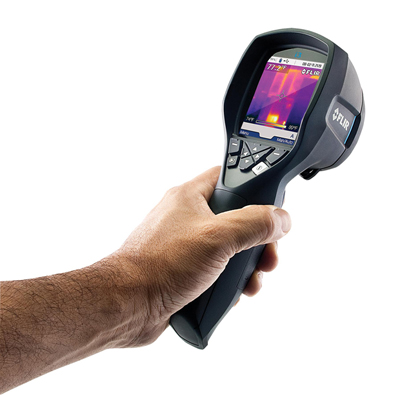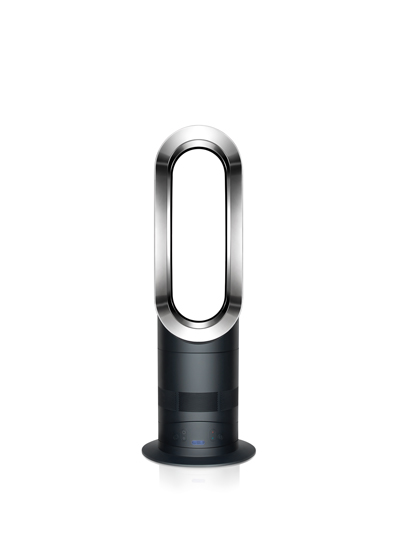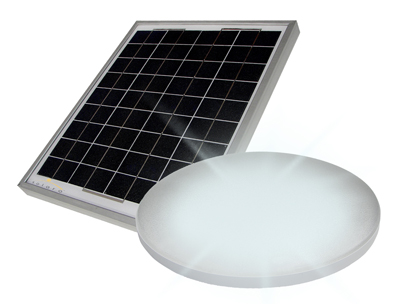One of the advantages of being Homo sapiens is that we employ tools and technologies to a higher degree than any creature. In other words, we are gadget obsessed. While it is true a well-designed passive solar building will trump another that is artificially controlled, there is no denying that electronic wizardry can make our lives more comfortable and easier - Exhibit A: the humble electric light. But, can technology also green our dwellings, workplaces, and cultural centres? Maybe. Let's explore a little of what's on offer.
BELKIN WEMO SWITCH
Smartphones are now being harnessed to do more than simply run applications on individual handsets. Their communication capabilities can be creatively connected to homes, with the Belkin WeMo Switch being one such example. The WeMo Switch plugs into a powerpoint just like a double adaptor, and you can then plug your electrical appliance into it. With a free app downloaded to an iPhone, iPad or iPod touch, the appliances can be switched off and on at will via existing WiFi networks and mobile internet. Uses range from switching off the fan as you leave the house, or turning on the lights in your home when you're away as a security measure. They can be turned off when you go to sleep from your remote location too. Apart from turning appliances off and on automatically, an accessory also allows the WeMo Switch to detect motion up to three metres.
NEST

If you led the teams that created Apple’s iPod and iPhone, what would be your next challenge? For Tony Fadell, founder of Nest, it was thermostats. Why? Because Nest reckons thermostats control half of a dwelling’s energy load, yet most were ineffective. For Fadell, a smarter design was not only essential, but also possible. Hence, the Nest programmable thermostat, which can be taught your temperature needs according to your daily and weekly habits, was born. It has been calculated that the thermostat reduces cooling and heating bills by up to 20 per cent - since October 2011, Nest has saved 833 million kilowatt hours of electricity. It has a proximity sensor so its display lights up when you come near, and its electronic smarts include alerts to advise home owners when their air filters need cleaning, based on the run time of a residence’s Heating, Ventilation and Air-Conditioning (HVAC) systems. The Nest Thermostats are self-installable, and can be controlled remotely by smartphones and tablets. Alas, for the moment, they are only sold in the United States and Canada
AQUAMONITOR

Given Australia’s propensity for drought, it is not surprising that someone finally got around to designing and manufacturing, on home soil, an Australian smart meter for water. The Aquamonitor, as its name suggests, monitors water consumption. This is done without the help of an installation plumber, or even being in contact with water. With a small insert into a rainwater tank, Aquamonitor uses ultrasonics to gauge water height inside the tank, and thus water flows, while a mains sensor taps into the ‘pulse output’ facility of most mains water meters. Both the tank and mains sensors send wireless signals to an indoor display unit, which gives real time water consumption rates. Storing data for up to a year, the Aquamonitor also has a Stopwatch function which measures how much water is used for a shower, washing machine cycle, or any other individual water use. It features a series of alarms to indicate problems such as leaks and low tank volume.
4. FLIR

The purchase prices of electronic gadgets continue to fall so that items that were once solely in the domain of commercial budgets (think colour laser printers and data projectors) have become everyday household items. Although not quite in that category yet, infrared thermography cameras have certainly become more affordable, at least as a tool for building professionals. For instance, the lowest price for a FLIRi3 is about $1400, or $300 for a fortnight's hire. When you hold the camera's pistol grip handle and point it around your home or building, you will be able to quickly assess heat loss and gain by checking door, window and ducting seals; the effectiveness of insulation, window frames and their thermal bridges; and lagging around hot water pipes. They also indicate the presence of insect activity like termites, or high levels of moisture and mould. Real time results appear on the 71mm display and can be saved to a memory card. Some models have temperature sensitivity as low as 0.1°C.
DYSON HOT+COOL

Dyson is an appliance brand well known for its bagless vacuum cleaners and Airblade hand-dryers. Its new Hot+Cool fan heater builds on technology developed for Dyson’s Air Multiplier, the 'fanless fan'. The Hot+Cool is said to cost “53 per cent less to heat a whole room evenly than conventional fan heaters”. This elegant looking heater draws air through a narrow slot in its ovate rim, which in turn 'amplifies' the passage of surrounding air. The resulting jet of warm air is said to warm a space quicker than a conventional fan heater. In the summer, the same design can be used to cool a room by creating a high airflow of 28 litres of air per second. Dyson further claims that if used in conjunction with air-conditioning, up to 20 per cent can be saved off energy bills. A thermostat automatically adjusts the Dyson Hot+Cool to achieve and maintain target temperature.
SOLARO DAY

The beauty of skylights is that they bring free natural daylight into dark regions of a building. However, it’s difficult to fashion a skylight that does not, to some degree, allow ingress of summer heat or release internal winter warmth. Light pipes are often used to cleverly avoid this downside via the use of sophisticated fibre optics, but are a costly solution. The Solaro day tackles the dilemma from another direction - by mounting a small solar photovoltaic cell on the external roof, to which a connecting cable is attached within the roof-space. This cable feeds the solar energy needed to power special LED bulbs inside the diffuser light fixtures on the ceiling. This light output closely simulates natural daylight, albeit with a brighter light and longer lifespan than that of normal LEDs. Several lights can also be ‘daisy-chained’ off a single solar cell. A 12 volt battery backup is available so the fixtures can continue to provide illumination even when the sun has gone down.
Wait, there’s more...
As with any round up of electronic gadgetry, this list will become incomplete before it even goes to press, as new entries and models continually hit the market. Already, you can download the amazing MagicPlan app, which automatically generates building floorplans simply from photos of room corners. The Mµ thermal Imager, due out soon, will convert smartphones into infrared cameras. The Eco Easy Home iPhone app developed by John Civjovski and Australian eco-architect Gareth Cole allows homebuyers to quickly find and rate dwellings by their passive solar and energy efficiency characteristics. The Villawood Green Savings Calculator developed with Victoria’s RMIT Centre for Design is a web and smartphone app that informs both home buyers and renovators about sustainable initiatives which can be included in their new or older homes. Affordable digital lux meters measure illumination to ensure appropriate energy saving lighting levels throughout a building, from hallways to task areas.

